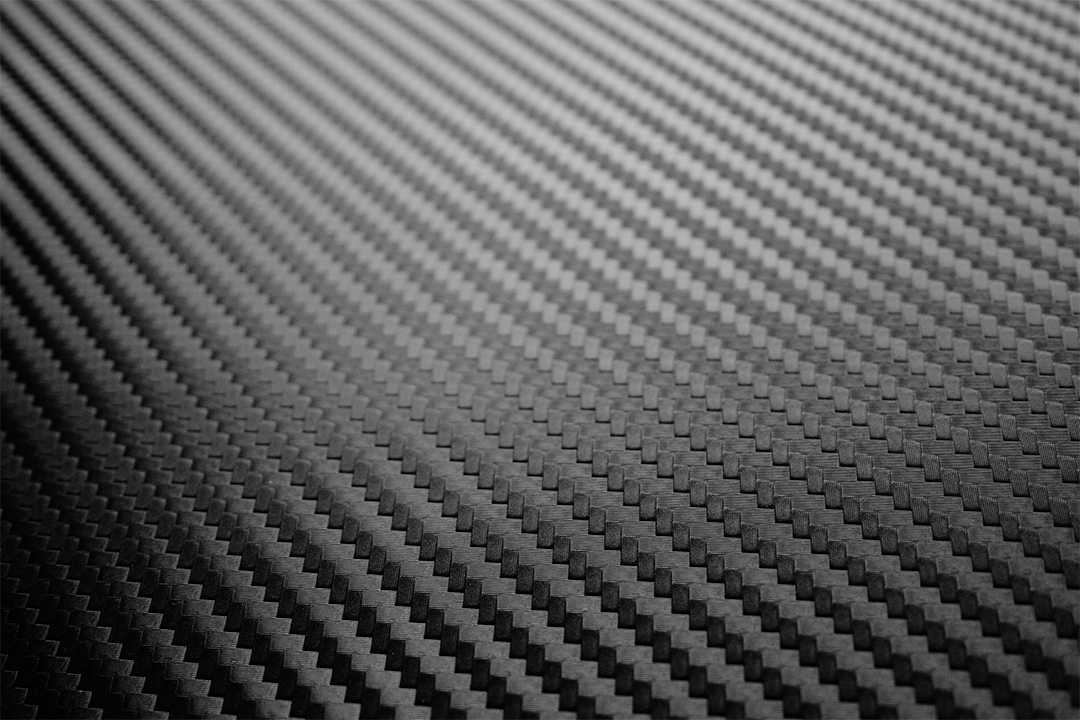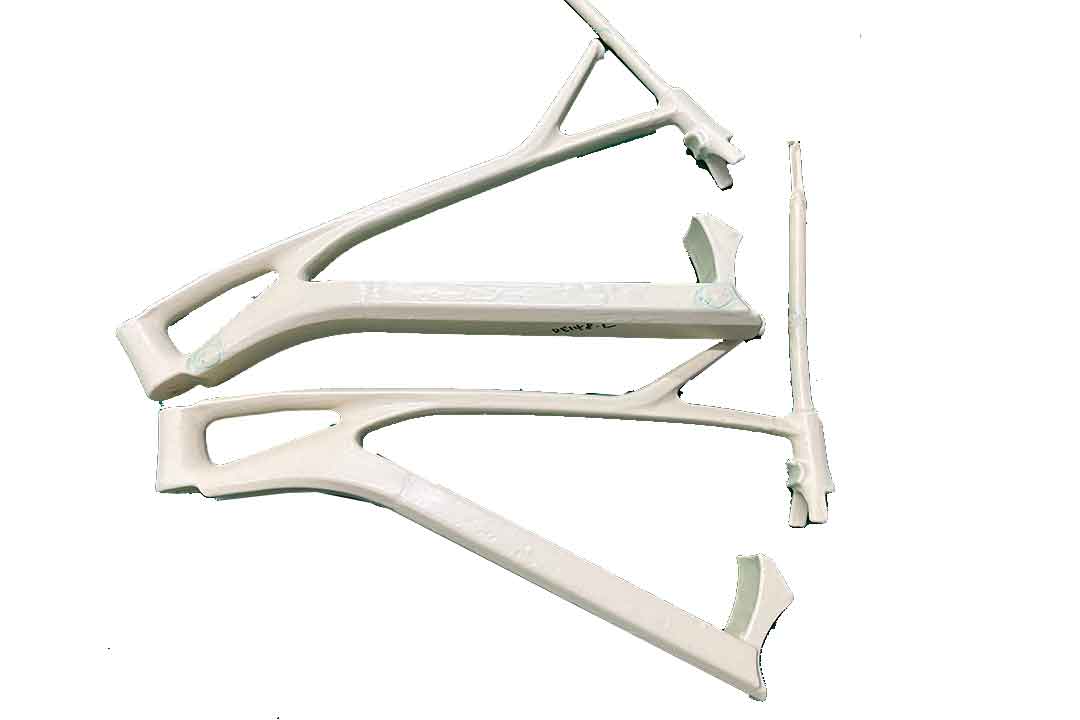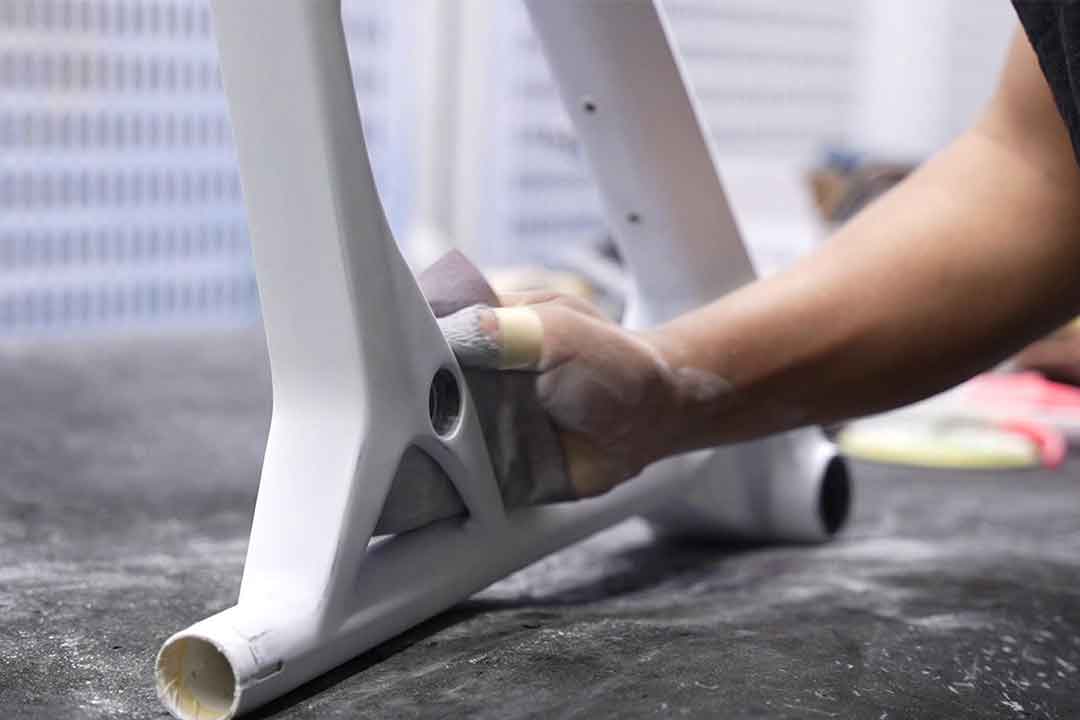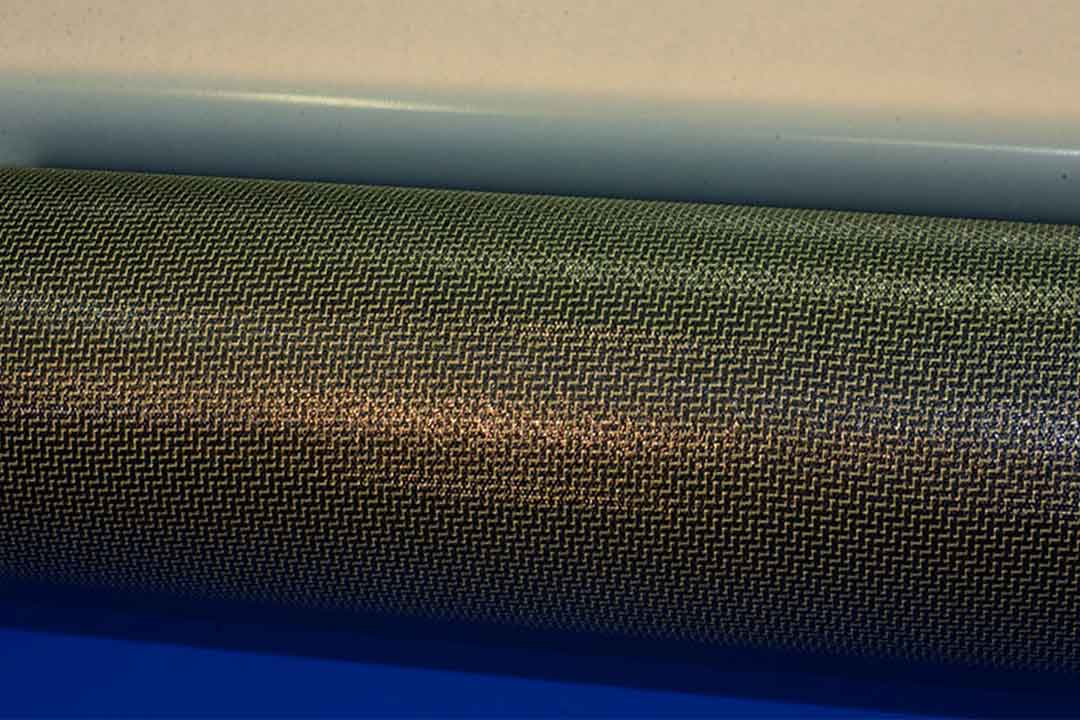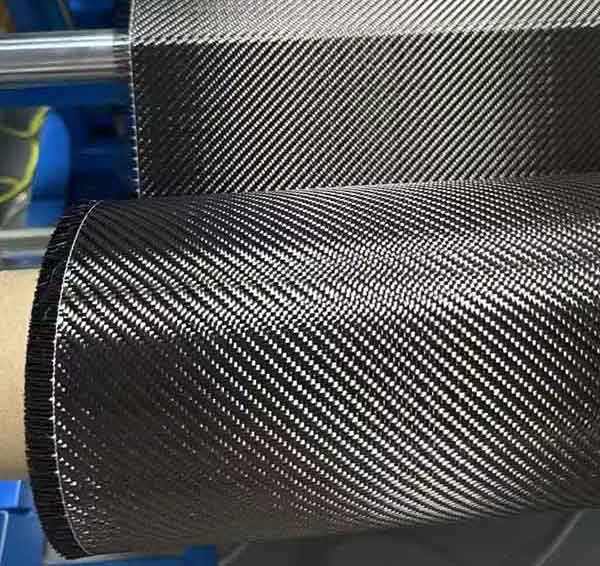Welcome to Mondince Bike - A well-known factory specialized in produce carbon bike frame and other parts since 2007.
Carbon Fiber vs. Traditional Materials Explained
In the world of materials, carbon fiber stands out as a modern marvel. Known for its strength and light weight, carbon fiber is being used in everything from aerospace engineering to sporting goods. But how does it compare to traditional materials like steel and aluminum? In this article, we'll dive into the properties, strengths, and uses of carbon fiber compared to traditional materials. By understanding these differences, industries can make more informed decisions about when and where to use carbon fiber over more conventional options.

Carbon fiber is a material made from thin, strong crystalline filaments of carbon. These fibers are woven into a fabric, which can then be combined with a plastic resin to form a composite material. The result is a material that is both incredibly strong and light. This unique combination of properties makes carbon fiber an attractive choice for high-performance applications where weight savings are critical.
Chemical Structure of Carbon Fiber
The chemical structure of carbon fiber is what gives it its unique properties. Carbon atoms bond together in a crystalline formation, which creates a material that is extremely strong and stiff. This structure contributes to the high tensile strength and low density of carbon fiber. Additionally, the stable chemical bonds in carbon fibers render them resistant to environmental degradation, unlike many metals that may corrode over time. This molecular arrangement not only ensures mechanical robustness but also offers significant advantages in terms of durability and longevity.
Characteristics of Carbon Fiber
Carbon fiber is known for several key characteristics:
- High Strength-to-Weight Ratio: Carbon fiber is five times stronger than steel and twice as stiff, yet it is much lighter. This makes it ideal for applications where reducing weight without compromising strength is crucial.
- High Tensile Strength: It can withstand high tension without breaking. This property is particularly valuable in industries like aerospace, where structural integrity under stress is paramount.
- Corrosion Resistance: Unlike metals, carbon fiber does not rust or corrode. This makes it suitable for use in environments that are harsh or where exposure to moisture and chemicals is a concern.
- Low Thermal Expansion: It does not expand or contract with temperature changes as much as metals do. This stability is advantageous in precision applications where dimensional accuracy is essential.
Comparing Strengths: Carbon Fiber vs. Traditional Materials
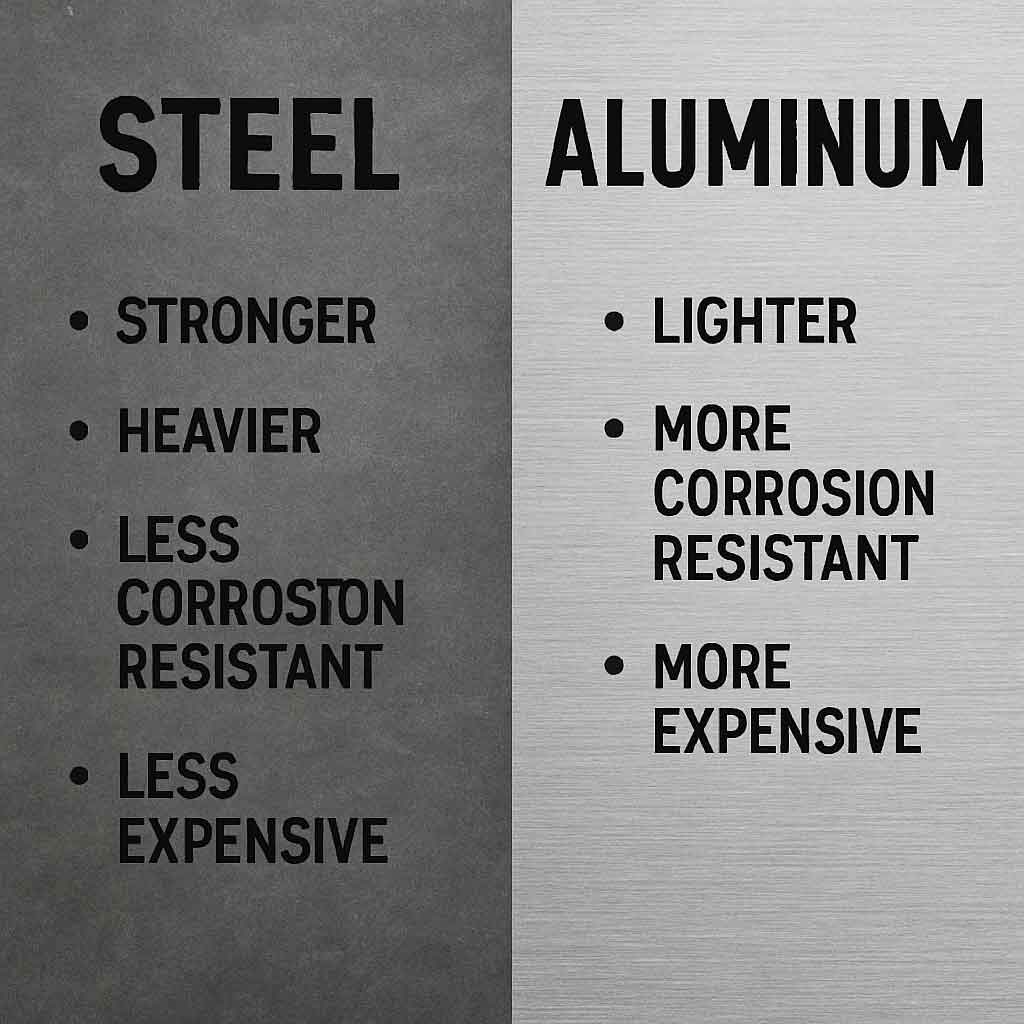
When we talk about the strength of materials, we often refer to several different types of strength: tensile strength, yield strength, and ultimate strength. Here's how carbon fiber compares to traditional materials like steel and aluminum. Understanding these metrics is essential for engineers and designers who need to select materials that best meet the demands of their specific applications.
Tensile Strength
Tensile strength is the maximum stress that a material can withstand while being stretched or pulled before breaking. Carbon fiber's tensile strength is extremely high, making it ideal for applications where high strength is crucial.
- Carbon Fiber: Tensile strength ranges from 500,000 to 1,000,000 psi. This makes it an optimal choice for components that endure significant pulling forces.
- Steel: Tensile strength ranges from 40,000 to 100,000 psi. While strong, steel is substantially heavier, which can be a disadvantage in weight-sensitive applications.
- Aluminum: Tensile strength ranges from 10,000 to 75,000 psi. Although lighter than steel, aluminum does not offer the same tensile strength as carbon fiber.
Yield Strength
Yield strength is the amount of stress a material can withstand before it begins to deform permanently. Carbon fiber also performs exceptionally well in this area.
- Carbon Fiber: Yield strength is around 250,000 psi. This ensures that structures made from carbon fiber maintain their shape under high stress.
- Steel: Yield strength ranges from 30,000 to 60,000 psi. Steel's yield strength is respectable but comes with the trade-off of higher weight.
- Aluminum: Yield strength ranges from 5,000 to 70,000 psi. Aluminum's lower yield strength limits its use in applications requiring significant load-bearing capacity.
Ultimate Strength
Ultimate strength is the maximum stress a material can withstand. Carbon fiber's ultimate strength is higher than most metals.
- Carbon Fiber: Ultimate strength is approximately 500,000 psi. This property is especially critical in dynamic applications where materials are subject to peak stress.
- Steel: Ultimate strength can reach 100,000 psi. Steel is robust, but its weight can be a limiting factor in design.
- Aluminum: Ultimate strength varies from 20,000 to 70,000 psi. While versatile, aluminum's lower ultimate strength compared to carbon fiber can be a limitation.
Elastic Modulus
Elastic modulus is a measure of a material's stiffness or rigidity. Carbon fiber's elastic modulus is high, which means it doesn't bend or stretch easily.
- Carbon Fiber: Elastic modulus is around 33 million psi. This high modulus makes carbon fiber suitable for applications where minimal deflection is critical.
- Steel: Elastic modulus is about 30 million psi. Steel offers stiffness but with the disadvantage of added weight.
- Aluminum: Elastic modulus is roughly 10 million psi. While flexible, aluminum's lower modulus can limit its use in high-rigidity applications.
Density and Weight Considerations

by Yash Bindra (https://unsplash.com/@yb_4)
One of the most significant advantages of carbon fiber over traditional materials is its low density. This means it is much lighter, making it ideal for weight-sensitive applications like aerospace and automotive industries. The reduced weight contributes to improved fuel efficiency and performance, which are critical factors in these sectors.
- Carbon Fiber: Density is about 1.6 g/cm³. This low density allows for innovative design possibilities that are not feasible with heavier materials.
- Steel: Density is roughly 7.8 g/cm³. While robust, steel's high density can significantly increase the weight of the final product.
- Aluminum: Density is approximately 2.7 g/cm³. Although lighter than steel, aluminum still cannot match the lightweight properties of carbon fiber.
Applications of Carbon Fiber
Due to its unique properties, carbon fiber is used in a variety of industries. Here are some common uses:
Aerospace
In aerospace, the weight of every component matters. Carbon fiber's light weight and high strength make it perfect for aircraft components, including fuselages and wings. This not only enhances fuel efficiency but also allows for greater payload capacity. The durability and resistance to environmental factors make carbon fiber a reliable choice for the demanding conditions of flight.
Automotive
In the automotive industry, carbon fiber is used to make lightweight car parts that improve fuel efficiency and performance. Sports cars often feature carbon fiber in their bodies to reduce weight and enhance speed. The material's sleek appearance also adds aesthetic value, making it a popular choice for high-end vehicles. Additionally, carbon fiber's strength contributes to improved safety features in automotive design.
Sporting Goods
Carbon fiber is popular in sporting goods, such as bicycles, tennis rackets, and golf clubs, due to its light weight and strength. Athletes benefit from the reduced weight without sacrificing performance. This allows for faster and more precise movements, giving competitors an edge. The durability of carbon fiber also ensures that sports equipment maintains its performance over time, even under rigorous use.
Construction
In the construction industry, carbon fiber is used to reinforce concrete and other structures, adding strength without adding significant weight. This is particularly valuable in seismic zones where structural integrity is crucial. Carbon fiber-reinforced polymers (CFRPs) are increasingly being used to repair and strengthen existing structures, offering a modern solution to age-old architectural challenges.
Is Carbon Fiber a Metal?
A common question is whether carbon fiber is a metal. The answer is no; carbon fiber is not a metal. It is a composite material made from carbon filaments woven together and combined with a resin. This combination results in a material with properties that are different from metals, like high strength and low weight. Understanding this distinction is important for industries that rely on specific material properties for their applications.
Conclusion
Carbon fiber is a revolutionary material with properties that make it superior to traditional materials in many ways. Its high strength, low weight, and resistance to corrosion make it ideal for a wide range of applications. As technology advances, we can expect to see even more innovative uses for carbon fiber in the future. This material has the potential to transform industries by offering solutions that were previously unattainable with traditional materials.
While traditional materials like steel and aluminum have their place, carbon fiber's unique characteristics offer distinct advantages, particularly in industries where weight and strength are critical. Whether you're building an aircraft, a car, or a bike, carbon fiber provides a modern solution to age-old material challenges. As the demand for sustainable and efficient materials grows, carbon fiber is poised to become an even more integral part of our technological landscape.


